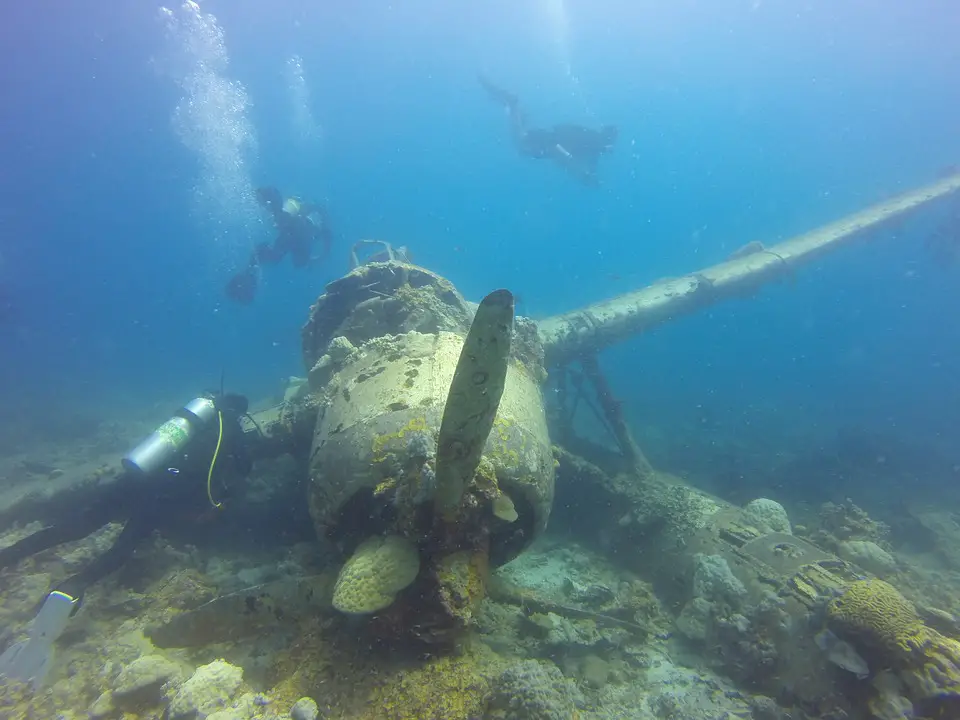Table of Contents
Unlock the Secret Realm: Photographing the Underwater World Through Scuba Diving
Introduction
Exploring the underwater world through scuba diving is an enchanting experience that allows you to witness the incredible beauty hidden beneath the ocean’s surface.
With advanced technology and equipment, capturing this mesmerizing world through photography has become more accessible for both professionals and hobbyists.
In this article, we will dive into the techniques, challenges, and rewards of photographing the underwater world through scuba diving.
Preparing for Underwater Photography
Before you embark on your underwater photography journey, it is crucial to be well-prepared.
Here are some essential steps to follow:
- Get scuba diving certified: It is vital to possess the necessary diving skills and knowledge to ensure your safety and the safety of the marine environment.
- Invest in the right gear: Underwater photography requires specific equipment such as a waterproof camera, lenses, and appropriate housing to protect your gear from water damage.
- Understand lighting and composition: Light behaves differently underwater, so understanding how to manipulate light and compose your shots effectively is essential.
- Practice buoyancy control: Maintaining proper buoyancy control is crucial for capturing stable and balanced shots. It will also protect fragile marine life from damage caused by unintentional contact.
Underwater Photography Techniques
Underwater photography presents unique challenges due to the environment’s characteristics.
Here are some techniques to help you capture breathtaking underwater images:
- Master your diving skills: Becoming a skilled diver allows you to focus on your photography rather than struggling with basic underwater movements.
- Get close to your subject: Water absorbs and distorts light, so getting closer to your subject will help reduce the distance between you and the subject, resulting in clearer and more vibrant photographs.
- Utilize natural light: While artificial lighting is commonly used, mastering the use of natural light can create stunning effects underwater. Experiment with different angles and times of day to capture the best lighting conditions.
- Consider the background: A captivating background can enhance the overall composition of your photograph. Look for interesting textures, coral formations, or other marine animals to add depth and interest to your images.
- Practice patience and persistence: Underwater photography requires both patience and persistence. It may take several dives to capture the perfect shot, but the rewards are worth it.
Challenges and Rewards
Photographing the underwater world comes with its own set of challenges and rewards.
Let’s take a closer look:
- Challenges:
- Visibility: Underwater visibility can vary greatly depending on the location, time of year, and weather conditions. Limited visibility can make it challenging to capture sharp and clear images.
- Equipment limitations: Underwater photography equipment can be expensive and cumbersome. Learning to handle and maintain your gear underwater takes time and practice.
- Subject movement: Marine life can be unpredictable and fast-moving, making it challenging to compose and focus your shots in time.
- Rewards:
- Unique perspectives: Underwater photography offers glimpses into a world that many people rarely see, allowing you to capture unique perspectives and showcase the beauty of marine life.
- Creating awareness: Through your captivating images, you can raise awareness about the importance of preserving the underwater ecosystem and inspire others to care for our oceans.
- Personal fulfillment: There is a sense of accomplishment and fulfilment that comes from capturing a stunning underwater photograph. It is a testament to your skills, patience, and dedication.
FAQs
1. What camera equipment is ideal for underwater photography?
For beginners, a compact camera with a dedicated housing offers a good starting point. Mirrorless and DSLR cameras with appropriate underwater housings are preferred by professional underwater photographers.
2. How do I select the right diving location for underwater photography?
When choosing a diving location, factors such as visibility, marine life diversity, and accessibility play a significant role. Research popular diving destinations known for their stunning underwater landscapes and rich biodiversity.
3. How can I protect the marine environment while photographing underwater?
Responsible diving and underwater photography practices are essential for protecting the marine environment. Maintain buoyancy control, avoid touching or disturbing marine life, and follow local diving guidelines.




